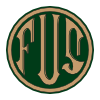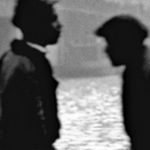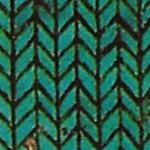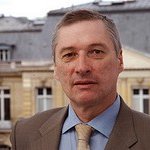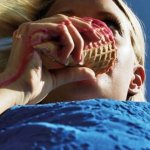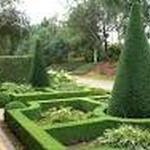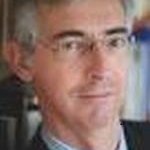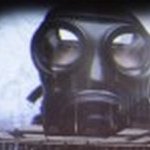The University Foundation organizes lots of activities for the members of the Club. Below you can see short reviews of some past activities. A more complete list can be seen on the French or Dutch web pages.
Guided tour of the exhibition «Imagine Istanbul», followed by the Santa Claus Dinner at the University Foundation.
Istanbul is a catalyst of cultural processes that has constantly changed its meaning, significance and appearance. Istanbul perpetually evolves and continues to defy a single representation, a defining telling or any generalisation. Istanbul therefore is an indefatiguable muse.
Guided tour of the exhibition “ANATOLIA. Home of eternity", followed by a dinner at the University Foundation.
The debate "The global and local environment: thoughts on the eve of the world wide meeting on climate change" was introduced by mr. Patrick Van Haute, Director of the OECD Council and Executive Committee Secretariat.
Concert with M. Thomas REIF, laureate of the Queen Elisabeth competition for violin 2015, with mrs. Daria Marshinina, piano, followed by a walking cocktail with special Belgian dishes.
Programme :
Sonate nr 4, opus 23 by Ludwig van Beethoven
Sonate for violon and piano by César Franck
The debate was introduced by Professor Vincent Blondel, rector of UCL (in French).
Love and sorrow ignited – belcanto romance on the beach
Lecture by Minister Koen Geens on the reform of the Belgian judicial system : "Are there sufficient financial means or are the main problems elsewhere?", followed by a walking cocktail.
For our yearly activity of garden tours we selected : Groentheater, Sobieskipark, Tuinen van de bloemist. The tour will be gudied by Prof. Jan Rammeloo, honorary director of the " Plantentuin van Meise", professor emeritus at Antwerp University.
12 h: lunch in the restaurant van het Atomium - Garden tour in the afternoon.
Lunch debate “Les Minorités chrétiennes au Moyen-Orient” with Prof. Bernard Coulie, honorary rector of UC Louvain.
The presentation can be downloaded by means of this link.
